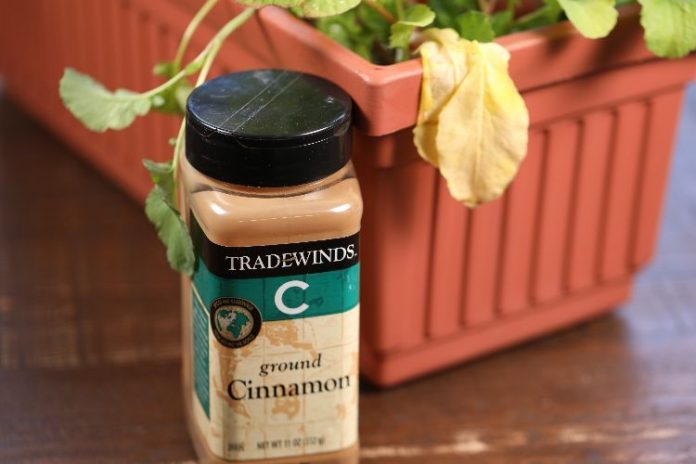Cinnamon is a fantastic aromatic, which makes it ideal for cooking and baking, but this versatile spice is not limited to cooking! With its origins dating back to 2700 BC, cinnamon is a popular spice worldwide for its uses in cooking and medicine.
Once a very valuable commodity, you can find ground cinnamon and cinnamon sticks in most grocery shops at a fair price. You may want to stockpile the spice when you see how much you can do in your garden.
- Killing ants
Cinnamon will actually kill ants. The powdery substance will suffocate the insects when inhaled. The aroma can also make it difficult for ants to smell food sources, but it is non-toxic to children and pets. Win, win!
Read more: 4 easy ways to keep ants away
- Defeating the fungus
When you sprinkle ground cinnamon on the ground, it kills fungi. Cinnamon targets surface fungi. So you may have to use other solutions than this one. You can also use cinnamon to kill wild mushrooms.
- Protect seedlings from disease
Cinnamon’s antifungal properties make it an excellent tool for protecting seedlings from rot and disease, also known as damping off. Keeping moisture at bay is key; sprinkling cinnamon seeds and using a dome tactic can protect the seeds until they grow.
- Root and graft plants
You can make your roses (or other plants) stronger after cutting and replanting by first dipping them in powdered cinnamon, which works a bit like a rooting hormone. The cinnamon kills the competition, so to speak, so that your flower can grow better. - Healing sick plants
Try sprinkling cinnamon on a plant wound (cut or other damage) to speed up the healing process and protect it from further damage or disease. - Keep mosquitoes out of the garden
Sprinkle a little cinnamon around your plants to keep mosquitoes and other insects away. They don’t like the strong smell of cinnamon, so you can enjoy your garden (even at night) in peace. Alternatively, you can plant a tea bag.










